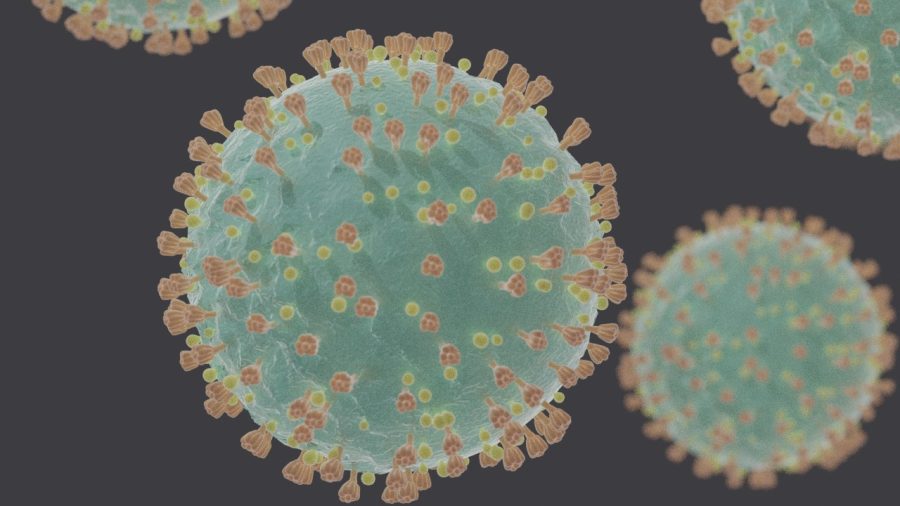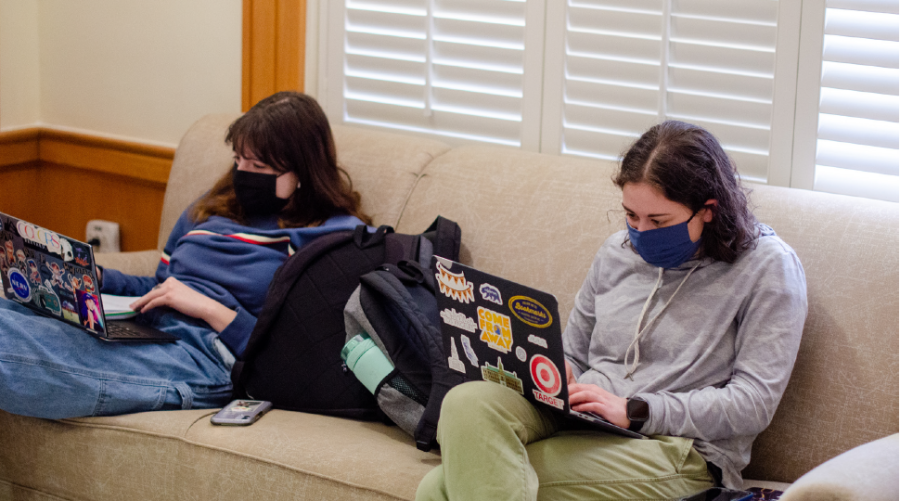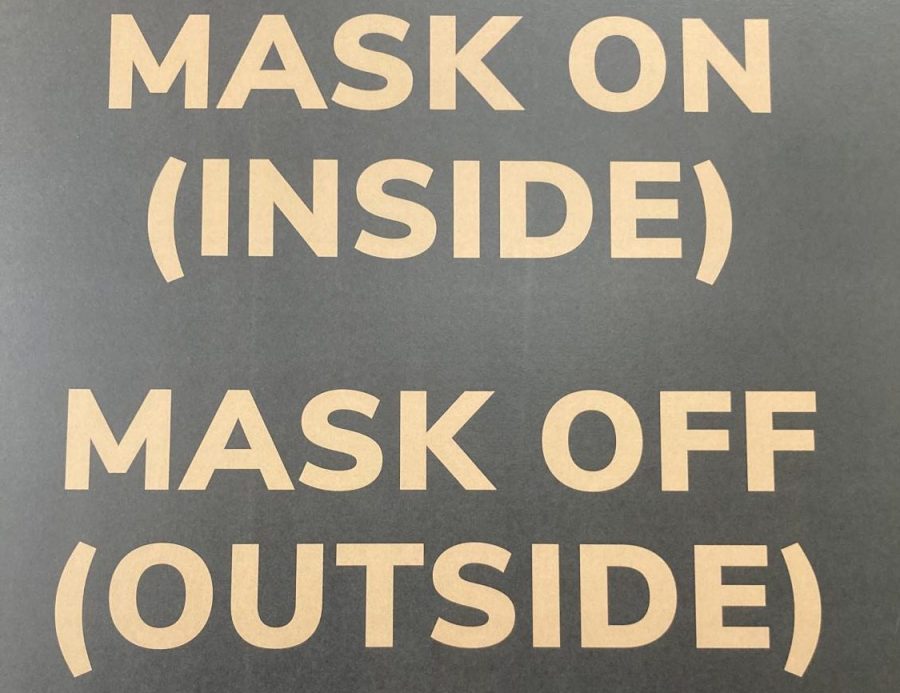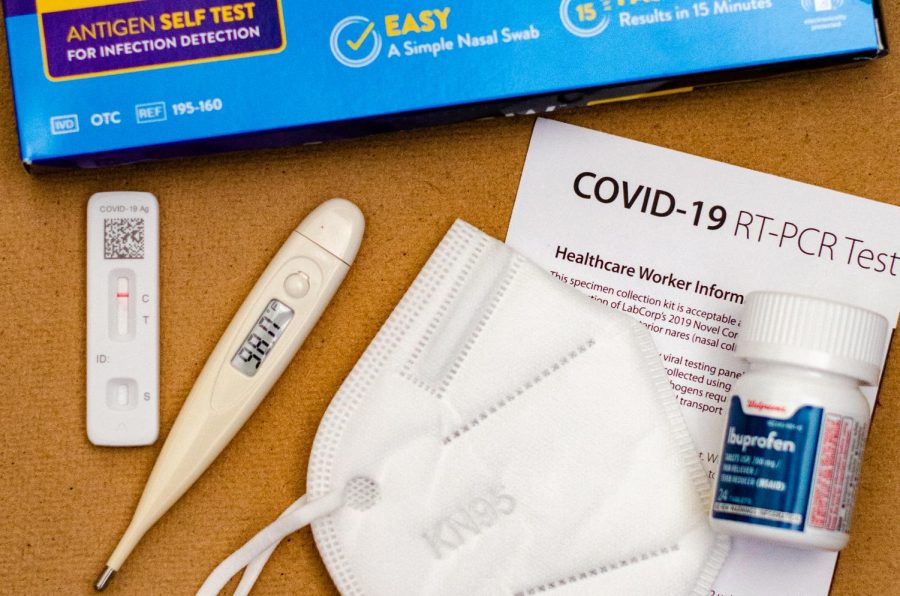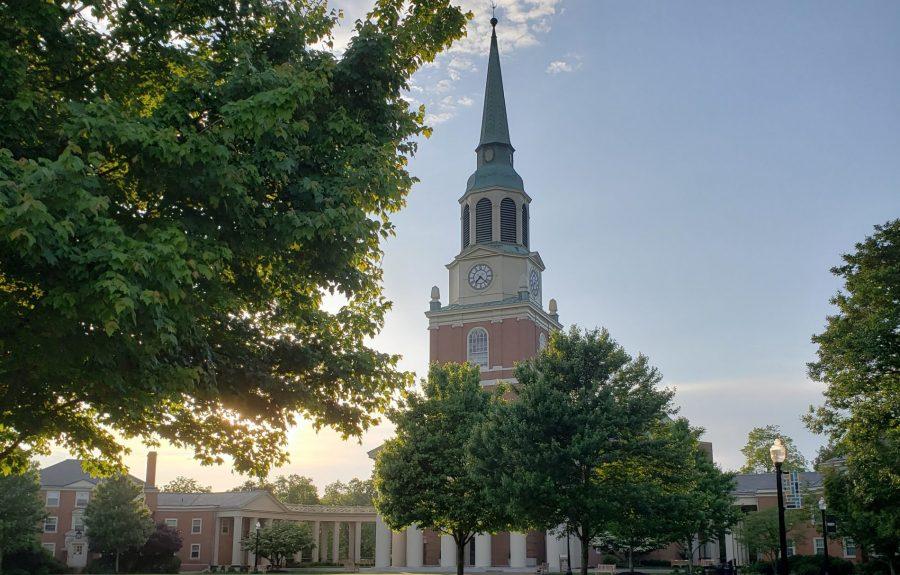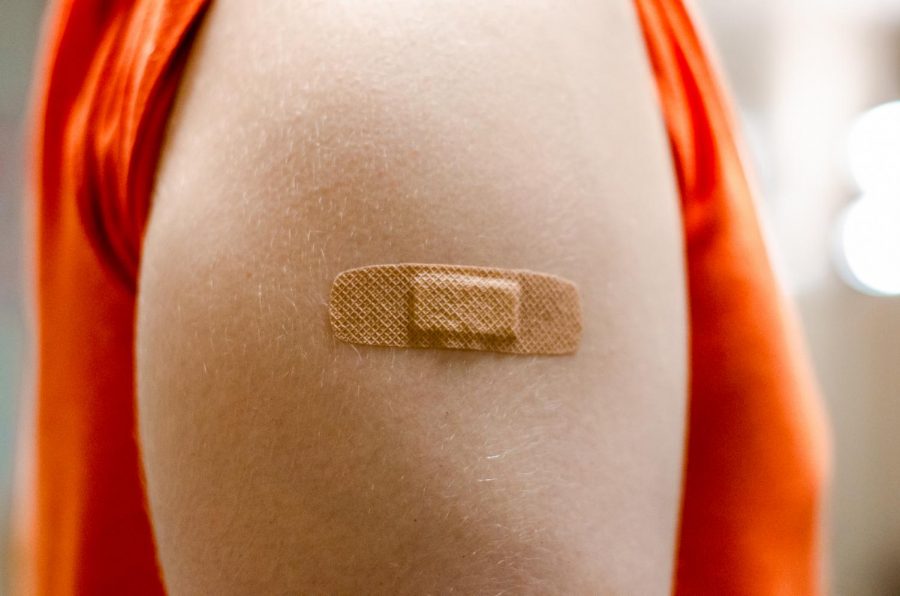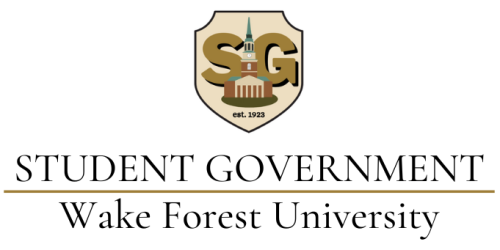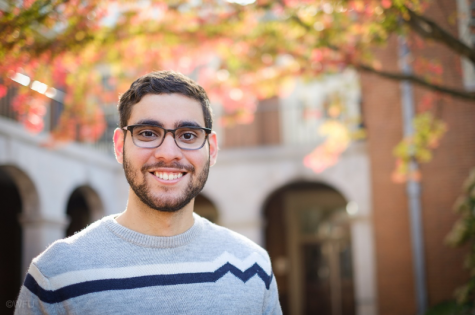Undergraduate student testing and self-quarantine have been one of the main points of Wake Forest University’s Our Way Forward plan to a successful in-person semester, amid the COVID-19 pandemic.
Students are expected to cooperate with health and university authorities in self-reporting symptoms and aiding contact tracing efforts to prevent a huge surge of COVID-19 cases on campus that would end the semester prematurely, akin to the outbreak of cases at UNC-Chapel Hill and North Carolina State.
“Contact tracers are designed to be high-rapport people to create a trust relationship. ‘Honors system’ is an interesting word to use because if students aren’t truthful in that process we will lose control pretty quickly,” said Vice President for Campus Life Penny Rue. “That is one of the things [emphasized]. Contact tracing is not punitive, no one is in trouble. We just want the best for you. We are trying to keep the community safe, please help us with that.”
The university has also invested significantly in quarantine facilities, with its official quarantine location capable of housing 380 students at a time.
Thus far, students seem to be cooperating with university officials, as all the 29 positive tests currently on the university’s COVID-19 dashboard have been reported by students who have independently sought COVID-19 tests off-campus and subsequently notified university authorities of their results.
“People have been very forthcoming. I think people watched what happened at Chapel Hill and we just don’t want to do that. We don’t want to be one week in and closing down. So, there’s a pretty high level of investment [from students] for now,” Rue said.
Yet, some students seeking out help from Student Health Service (SHS) have encountered diverging and confusing messages from the university in what is an already complicated quarantine process on its own.
Junior Emily Ziereis explained that one of her friends she was in close contact with, who requested to remain anonymous, started suspecting that she and her boyfriend had COVID-19 symptoms on Tuesday, Aug, 25. Both took a COVID-19 PCR test off-campus from CVS and reported their situation to SHS on the same day. Her friend’s results would not be ready by Thursday, Aug. 27, but that was not the version Ziereis heard from the SHS contact tracer when contacted by Wake Forest.
“On Wednesday, [Aug. 26] at about 4:35 p.m., my roommate and I got a call from Student Health saying that someone we had contact with had tested positive. Meanwhile, our friend in question, who thought she had COVID-19, told us she had not gotten her results back from CVS, nor had her boyfriend,” Ziereis said. “We didn’t really ask more questions, we were kind of freaked out and we went to the [Wake Forest quarantine hotel] room by like 6:30 p.m. So, that was our first night there.”
Ziereis recounts that she and four other friends got contacted by an SHS contact tracer and moved to the quarantine location between Wednesday and Friday, Aug. 28, despite no positive COVID-19 result from the friend who originally reported to SHS.
On Thursday, her results came back negative, but another SHS contact tracer insisted on the earlier version of a positive result for fear of a false negative.
“A few hours later [after the negative test result], as soon as I got out of class … I got a call from SHS. The first thing they said to me was “you’ve been in contact with someone who has tested positive for COVID-19,” said junior Tracy Chen who had been in close contact with the friend in question on Aug. 16 for a close gathering at her apartment. “I was asking them ‘why are you telling me she had a positive test? That is not true.’ She sent me a picture of her test and it was negative. They kept telling me ‘no, you have to go to the quarantine hotel, you have to exit university property.’”
From the moment a student reports COVID-19 symptoms or a positive test, they are contacted by SHS to determine the next few steps for quarantine and arrange temporary relocation to the Best Western Plus University Inn (the university’s official quarantine location). Contact tracing usually follows after a confirmed case.
“Students who have been exposed to someone with COVID-19 are required to ‘quarantine’ themselves for 14 days after the last time they were around the person with COVID,” said SHS Clinical Director Dr. Joanne Clinch. “It is important to know that even if the individual exposed never feels sick and even if they have a negative test for COVID-19, the 14 day quarantine period cannot be shortened.”
Yet, with Zieries, Chen and some of their friends, contact tracing and quarantine came and went without much further explanation or positive results. On Aug. 29, after a second negative test from their friend in common, Zieries and Chen were allowed to leave quarantine, still unsure of how the current Wake Forest quarantine protocol works and less assured of the university’s overall COVID-19 response.
“We are all just pretty disappointed in how we wasted so many resources like rooms and beds when, you know, it was not 100% that we had to be there. Me, personally, I am just disappointed in how everything turned out,” Ziereis said. “It could’ve been so much easier if we were just all told the same story.”
Due to the Family Educational Rights and Privacy Act (FERPA), the university is not allowed to share personal information from students’ medical records, but the Old Gold & Black was able to confirm Zieries and Chen’s recount.
For as much as compliance and transparency from the student body has been deemed vital to make this process work, the university has not afforded the same to some students.











